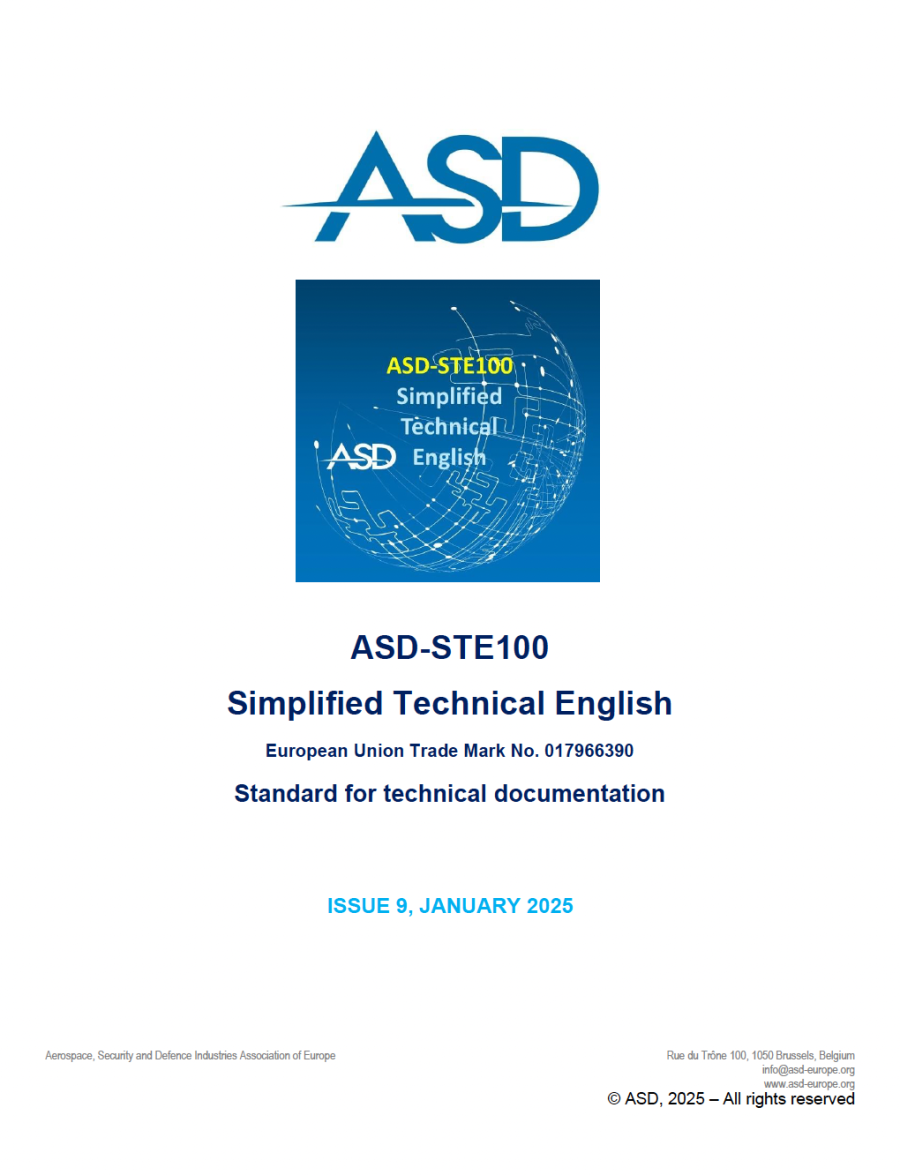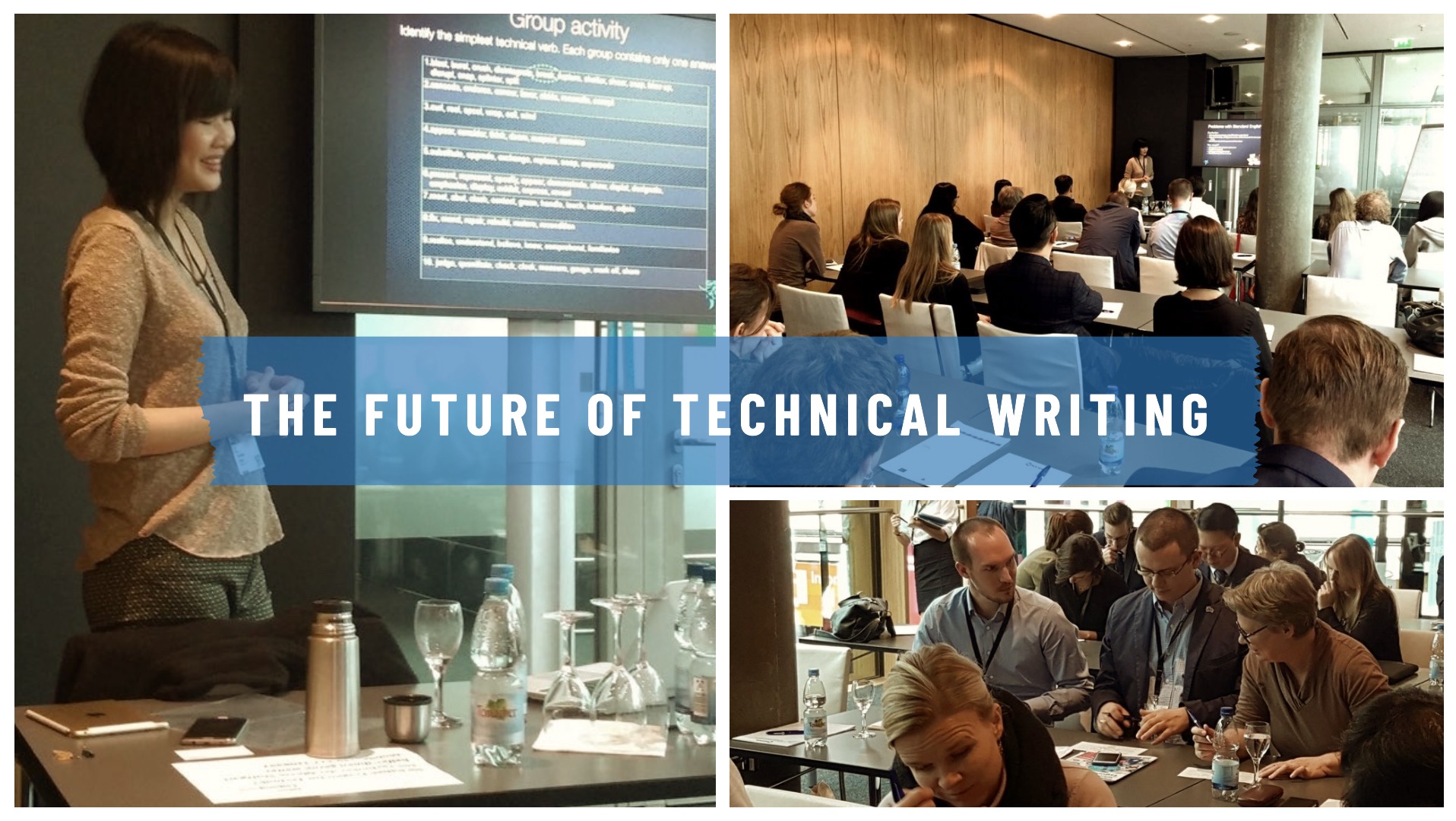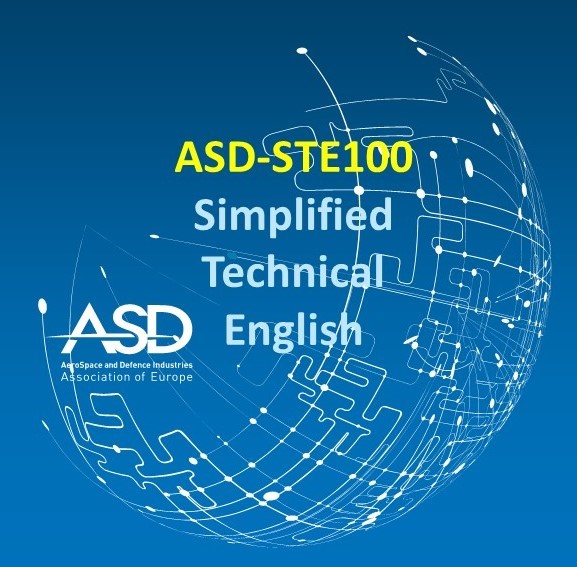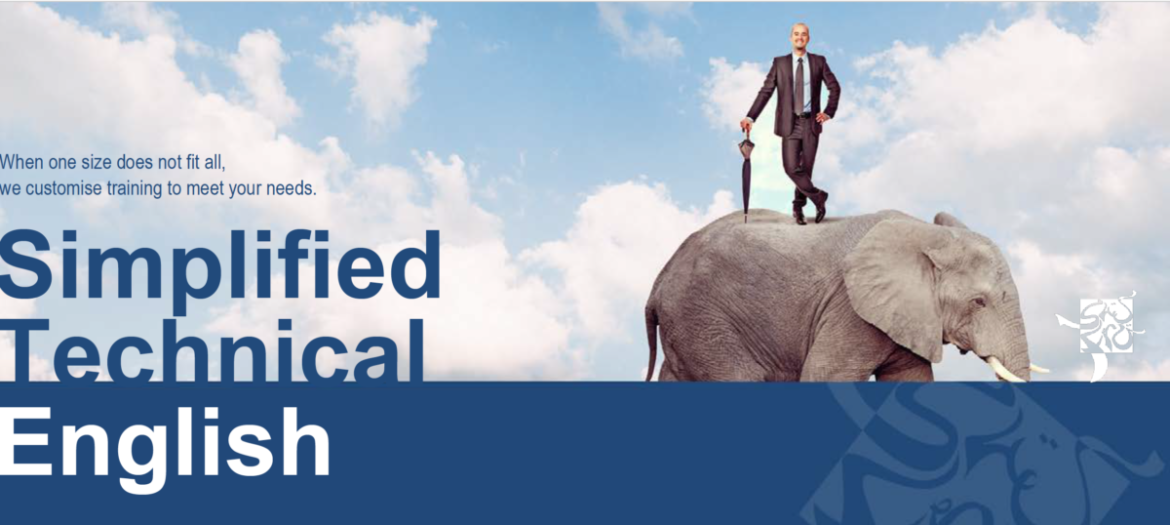FOR IMMEDIATE RELEASE
SINGAPORE – 10 June 2025 – Shufrans TechDocs today reaffirmed its position as a leading provider of expert-led training in ASD-STE100 Simplified Technical English, emphasising a profound commitment to practical, real-world application, honed over two decades of dedicated experience.
At the core of Shufrans TechDocs’ unique offering is the extensive, hands-on experience of its lead trainer, Ms. Shumin Chen, Head of ASD-STE100 Simplified Technical English training & implementation, whose journey in applying STE principles began in 2006. This foundational knowledge, cultivated directly within complex technical environments, significantly predates many contemporary certification frameworks, providing a depth of practical insight that is unparalleled.
“Our mission at Shufrans TechDocs has always been to empower technical communicators with truly actionable skills,” says Shumin. “My 20 years in the field have taught me that effective STE isn’t just about rules; it’s about practical application that makes a tangible difference in documentation clarity, efficiency, and global translatability. Our training programmes reflect this real-world perspective, moving beyond theoretical concepts to deliver immediate, impactful results for our clients.”
Shufrans TechDocs’ training methodology is distinguished by:
- Decades of Practical Expertise: Leveraging over 20 years of direct, on-the-job experience in applying STE. This deep, real-world grounding ensures that our training is informed by actual industry challenges and effective solutions.
- Focus on Actionable Skills: Ensuring participants gain concrete techniques they can implement immediately. Our programmes are designed to move beyond theory, providing practical methodologies that lead to instant improvements in documentation quality.
- Enhanced Clarity and Readability: Enabling clients to produce documentation that is unambiguous and easy to understand. This commitment to precision helps prevent misinterpretation, reducing errors and improving user safety and efficiency.
- Improved Global Communication: Facilitating more efficient and accurate translation processes. By simplifying the source language, we help organisations achieve consistent messaging and reduce translation costs significantly across diverse markets.
By focusing on battle-tested methodologies and genuine expertise, Shufrans TechDocs continues to be the trusted partner for organisations seeking to achieve superior technical communication standards.
About Shufrans TechDocs: Shufrans TechDocs is a specialist consultancy providing expert training and services in Simplified Technical English (ASD-STE100). With a focus on practical application and real-world results, Shufrans TechDocs empowers organisations to enhance the clarity, precision, and efficiency of their technical documentation.







 View our training calendar
View our training calendar


 Analyse your documentation needs and get recommendations and tailor-made solutions to help you establish and improve your documentation processes:
Analyse your documentation needs and get recommendations and tailor-made solutions to help you establish and improve your documentation processes: 

 Find the right expert to support you with ASD-STE100 training and consultancy:
Find the right expert to support you with ASD-STE100 training and consultancy: 






